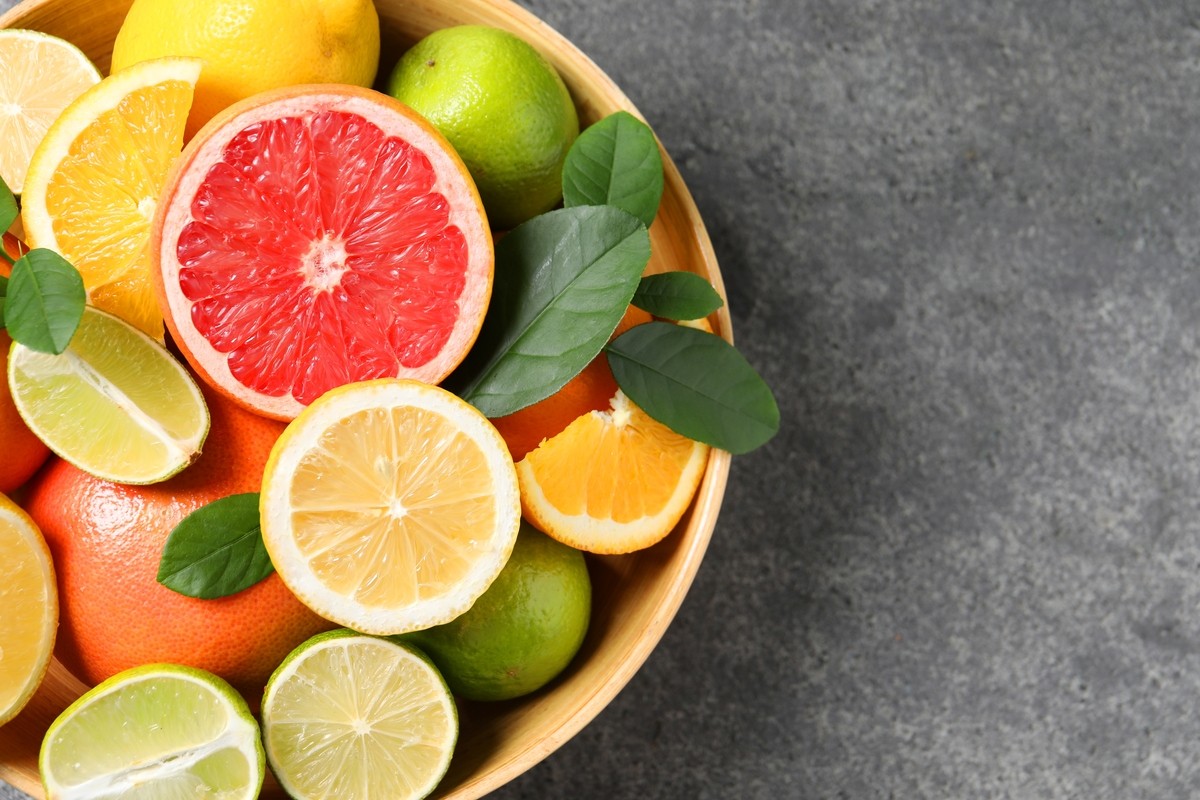
Citrus fruits, with their perfect balance of sweetness and tartness, are not only delicious but also a great source of vitamin C. They are easy to enjoy and play an important role in Japanese agriculture, being widely consumed domestically and exported abroad. In this article, we will introduce popular citrus varieties in Japan, their characteristics and nutritional value, as well as recommended ways to enjoy them and related product information.
*By purchasing or reserving products introduced in this article, a portion of the sales may be returned to FUN! JAPAN.
Types of Citrus Grown in Japan and Their Current Status
Japan cultivates a wide variety of citrus fruits, with approximately 80 different types grown across the country. According to statistics from the Ministry of Agriculture, Forestry and Fisheries (as of 2022), "Unshu Mikan" (satsuma mandarin) is the most common citrus variety and ranks second in harvest volume and third in production value among Japan’s 14 major fruit crops.
Mikan and other citrus fruits are often called the "king of domestically grown fruits," highlighting their significance in Japan’s agriculture and food culture.
In recent years, factors such as an increase in stink bug infestations, droughts, and the aging population of farmers have led to a gradual decline in production. However, traditions like eating mikan while sitting in a "kotatsu" (heated table) or soaking in a "yuzu" bath to warm the body remain deeply rooted in Japanese culture.
"Wakankitsu": Japan’s Proud Domestic Citrus Fruits
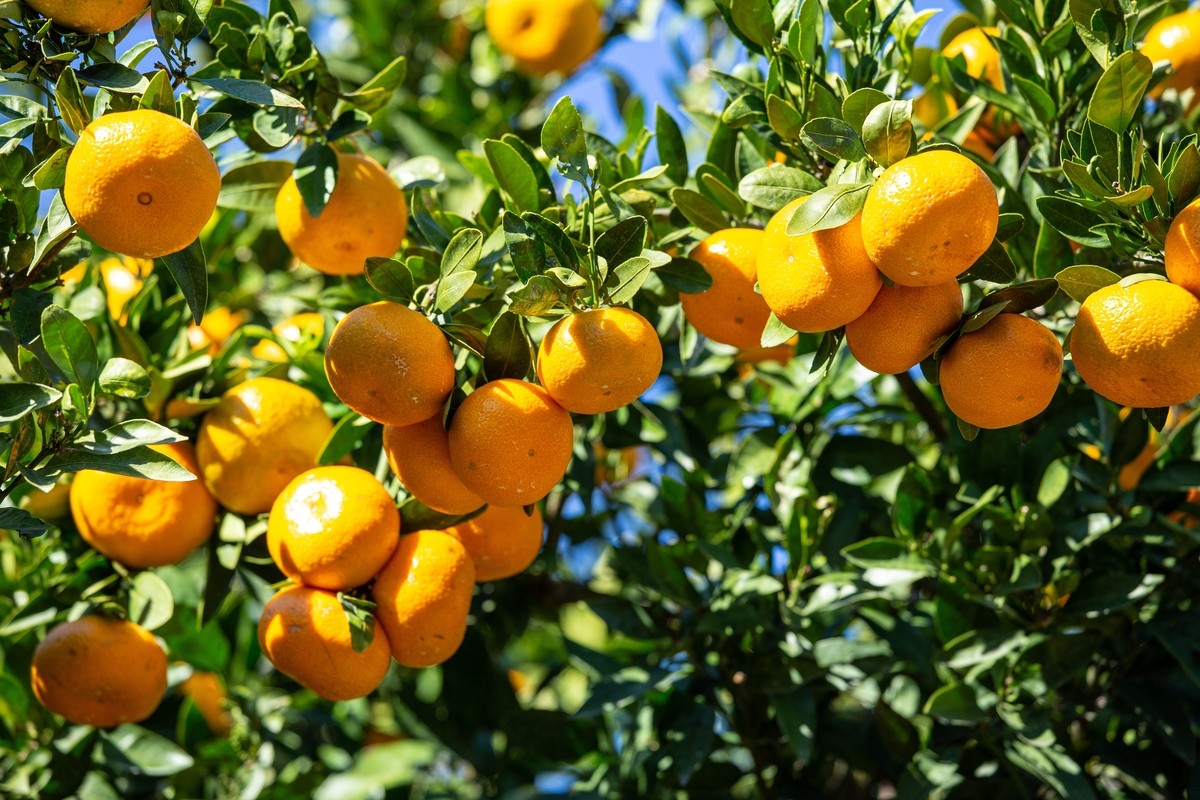
The origins of citrus fruits trace back to the Assam region in northeastern India. It is believed that they were introduced to Japan via China, as they are mentioned in Japan’s oldest historical records, the "Kojiki" (712) and the "Nihon Shoki" (720). Unlike Western citrus varieties such as grapefruits and navel oranges, citrus fruits cultivated in Japan are known as "Wakankitsu" (Japanese citrus). These fruits are characterized by their unique flavors and distinct regional traits.
Representative Japanese Citrus Varieties, Their Main Production Areas, Harvest Seasons, and Characteristics
| Name | Main Production Area | Harvest Season | Characteristics |
| Yuzu | Kochi | October-December | Strong fragrance, commonly used in cooking and seasonings. |
| Kabosu | Oita | August -December | Refreshing tartness, often served with sashimi and hot pot dishes. |
| Shikuwasa | Okinawa | August-December | Distinct aroma and strong acidity, harvested three times a year. |
| Hassaku | Wakayama | December-February | Thick peel, firm texture, suitable for eating fresh or as jelly. |
| Hyuganatsu | Miyazaki | December-May | Juicy with an edible white pith between the peel and fruit. |
| Shiranui | Kumamoto | January-April | Also known as "Dekopon," with a bulging top and strong sweetness. |
| Sudachi | Tokushima | August-October | Refreshing aroma and tartness, used as a flavor enhancer in dishes and drinks. |
| Iyokan | Ehime | December-March | Juicy with mild acidity, soft flesh, ideal for fresh eating and desserts. |
| Ponkan | Ehime | December-February | Intensely sweet with a rich flavor. |
Major Citrus Production Areas in Japan
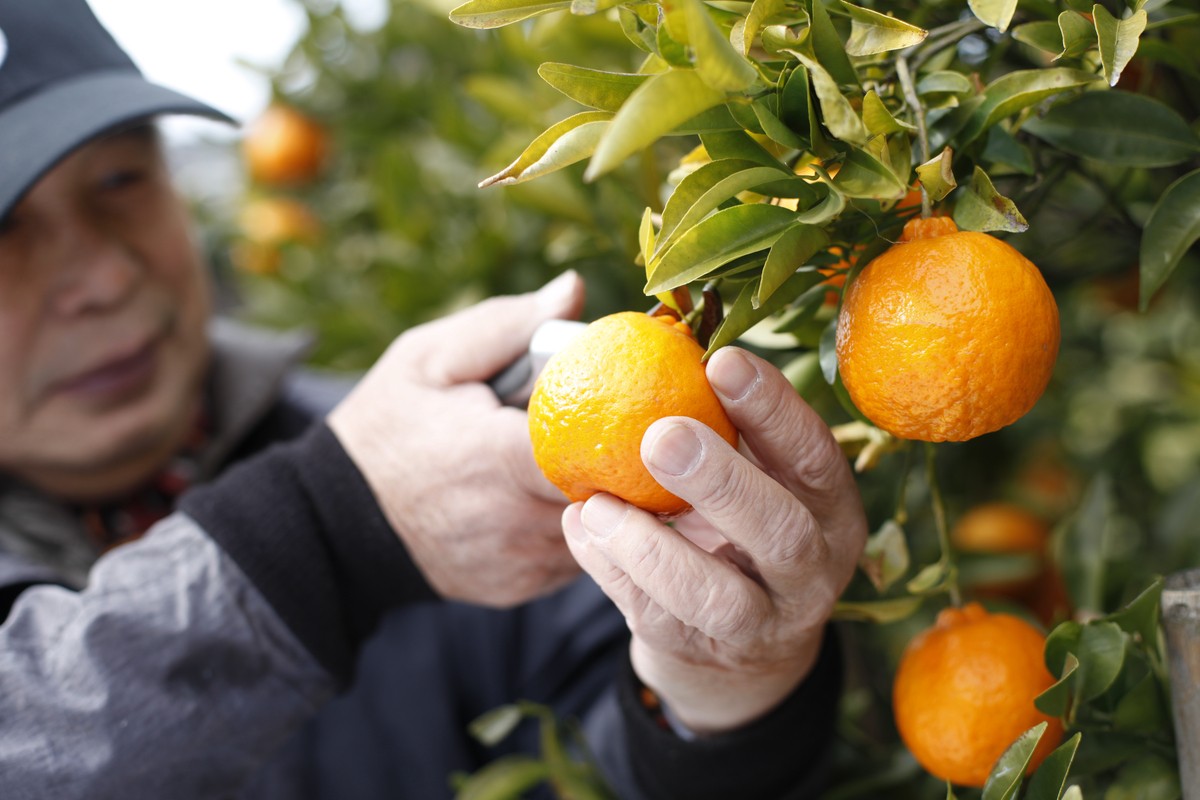
Citrus fruits thrive in soil that balances both water retention and drainage, and they grow best in warm climates with plenty of sunlight.
The coastal areas along the Pacific Ocean and Seto Inland Sea in Japan provide ideal conditions for citrus cultivation. These regions feature terraced orchards that maximize sun exposure while enhancing drainage.
Wakayama Prefecture: Japan’s Leading "Mikan Kingdom"
Wakayama Prefecture has maintained the top spot in mikan production for 20 consecutive years (as of 2024). It is famous for the "Arida Mikan" brand, which is highly regarded for its sweetness and juiciness. Due to the region’s limited flatland, farmers have long used slopes for citrus cultivation. In the early Edo period, Tokugawa Yorinobu, the first feudal lord of the Kii Domain, promoted mikan cultivation and implemented protection policies, helping Arida Mikan become nationally recognized.
Wakayama also pioneered the concept of commercial mikan farming while establishing a sustainable development model. The "Arida Mikan System" was officially recognized as a Japan Agricultural Heritage in February 2021.
Ehime Prefecture: The Land of "Mikan Juice from the Tap"!?
Ehime Prefecture is another major citrus-producing region, home to varieties such as Iyokan and Ponkan. Citrus farming in this area dates back to the late Edo period, when seedlings were brought back by pilgrims visiting Ise Shrine and the Shikoku 88 Temple Pilgrimage. After the Meiji Restoration, cultivation flourished, and in 1968, Ehime temporarily overtook Wakayama as Japan’s top producer. However, in recent years, the focus has shifted to growing other citrus varieties, placing it second in production.
Along the coastal slopes and islands of the Seto Inland Sea, especially in the Nishi-Uwa region, citrus is grown on stone-walled terraced fields. The fruit benefits from the "Three Suns" effect—direct sunlight, reflected light from the sea, and heat radiated from the stone walls—resulting in even more flavorful mikan.
Ehime’s love for citrus is so deep that the legend of "mikan juice flowing from the tap" has become a reality in some locations, where visitors can actually experience this quirky local attraction.
Shizuoka Prefecture: Home to High-Quality Brand Citrus
Shizuoka Prefecture ranks third in Japan for mikan production and cultivates premium varieties such as "Aoshima Unshu," "Okitsu Wase," and "Jutaro." Among these, "Mikkabi Mikan," produced in Mikkabi Town, is particularly well known for its rich sweetness and juiciness.
One of the reasons Mikkabi Mikan is so delicious is Shizuoka’s unique environment. The region enjoys long hours of sunshine, and the local "Ishigara" soil provides excellent drainage while the red mineral-rich earth enhances the fruit’s flavor and nutritional value. Additionally, advanced storage technology, including cold air facilities, allows for optimal ripening and extended availability throughout the year.
Kumamoto Prefecture: A Perfect Balance of Sweetness, Low Acidity, and Richness
Located in central Kyushu, Kumamoto Prefecture enjoys a mild climate, allowing it to produce citrus earlier than Wakayama, Ehime, and Shizuoka. The area’s volcanic soil, enriched by ancient eruptions of Mount Aso, provides excellent drainage, preventing root rot and ensuring healthy fruit growth.
This combination of natural advantages and advanced cultivation techniques results in Kumamoto Mikan, known for its well-balanced trio of "high sweetness, low acidity, and deep richness."
Delicious and Nutritious! The Health Benefits of Japanese Citrus Fruits
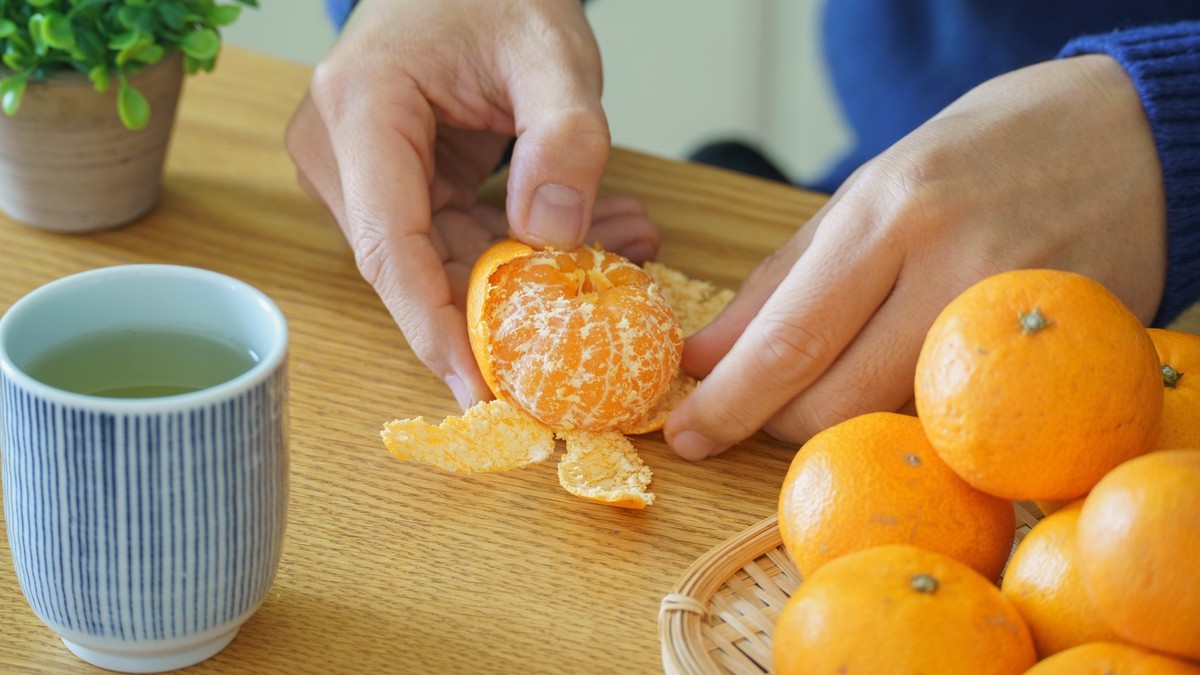
Japanese citrus fruits are not only delicious but also packed with nutrients that benefit overall health. Here are some key nutrients found in citrus fruits and their functions:
Vitamin C
Vitamin C is essential for collagen production, which is crucial for maintaining skin elasticity, strengthening blood vessels, and supporting bone health. It also promotes wound healing.
Additionally, vitamin C has strong antioxidant properties that help neutralize free radicals, slowing down aging. It also enhances iron absorption, making it beneficial for preventing anemia.
Potassium
Potassium helps regulate sodium levels in the body, aiding in blood pressure control and reducing swelling. It also supports proper muscle and nerve function, ensuring a balanced internal environment. Since modern diets often contain excessive salt, consuming potassium-rich citrus fruits can help maintain a healthy sodium-potassium balance.
Beta-Carotene
Beta-carotene is converted into vitamin A in the body and plays a key role in maintaining good eyesight, particularly in low-light conditions. It also helps keep skin and mucous membranes healthy while boosting immune function. Its antioxidant properties protect cells from oxidative stress, reducing the risk of aging and lifestyle-related diseases.
Beta-Cryptoxanthin
Beta-cryptoxanthin, a type of carotenoid found abundantly in mandarins, also serves as a precursor to vitamin A. It contributes to bone strength, making it potentially effective in preventing osteoporosis. Additionally, it has strong antioxidant properties that help reduce oxidative stress and lower the risk of aging and lifestyle-related diseases.
Hesperidin
Hesperidin is a polyphenol found in citrus peels and the white pith of the fruit. It strengthens blood vessels, improves circulation, and helps prevent cold hands and feet. Its antioxidant properties also help prevent cell aging and lifestyle-related diseases like arteriosclerosis. Moreover, hesperidin may aid in lowering triglyceride levels and alleviating allergy symptoms.
Delicious Ways to Enjoy Japanese Citrus Fruits
Citrus fruits can be enjoyed in a variety of ways beyond simply eating them fresh. Try these creative methods with friends and family!
Roasted Mikan
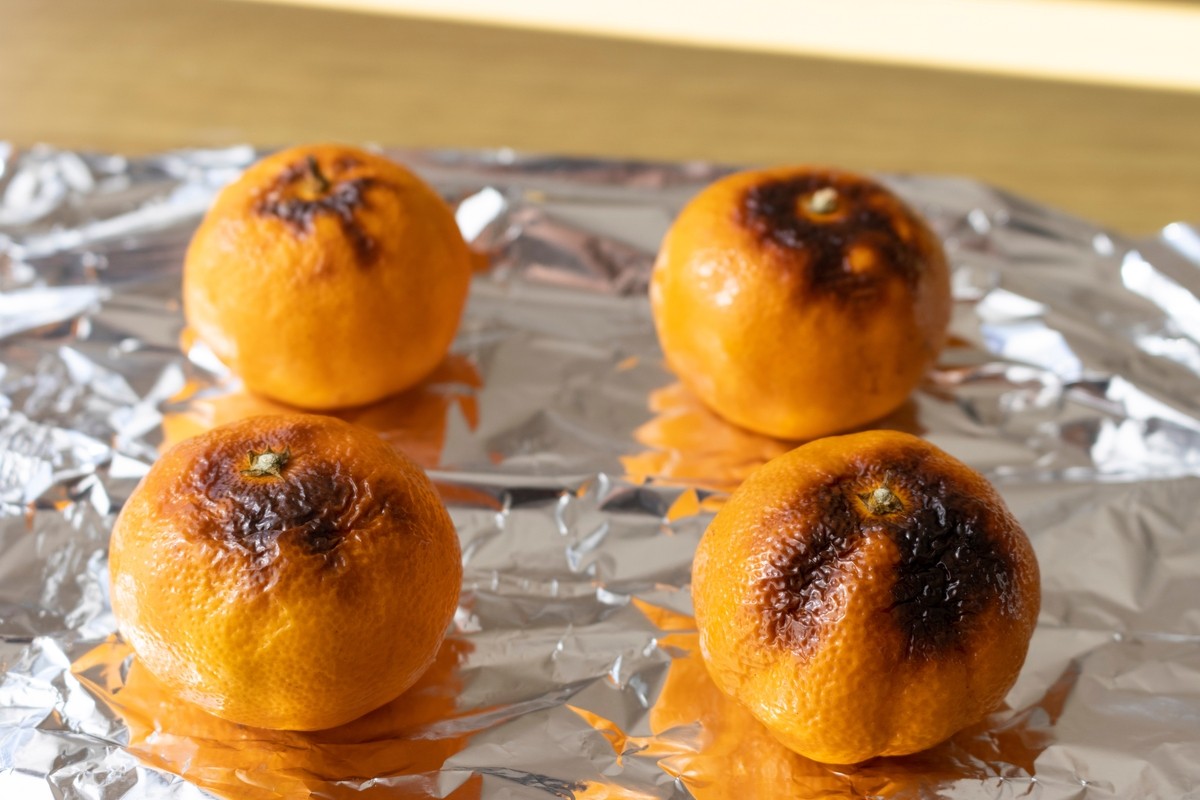
Grilling whole mikan (Japanese mandarins) over low-medium heat enhances their sweetness and gives them a melt-in-your-mouth texture. The warm juice, when mixed with ginger juice, makes a soothing drink perfect for warming up during cold seasons and preventing colds.
Fruit Sandwiches
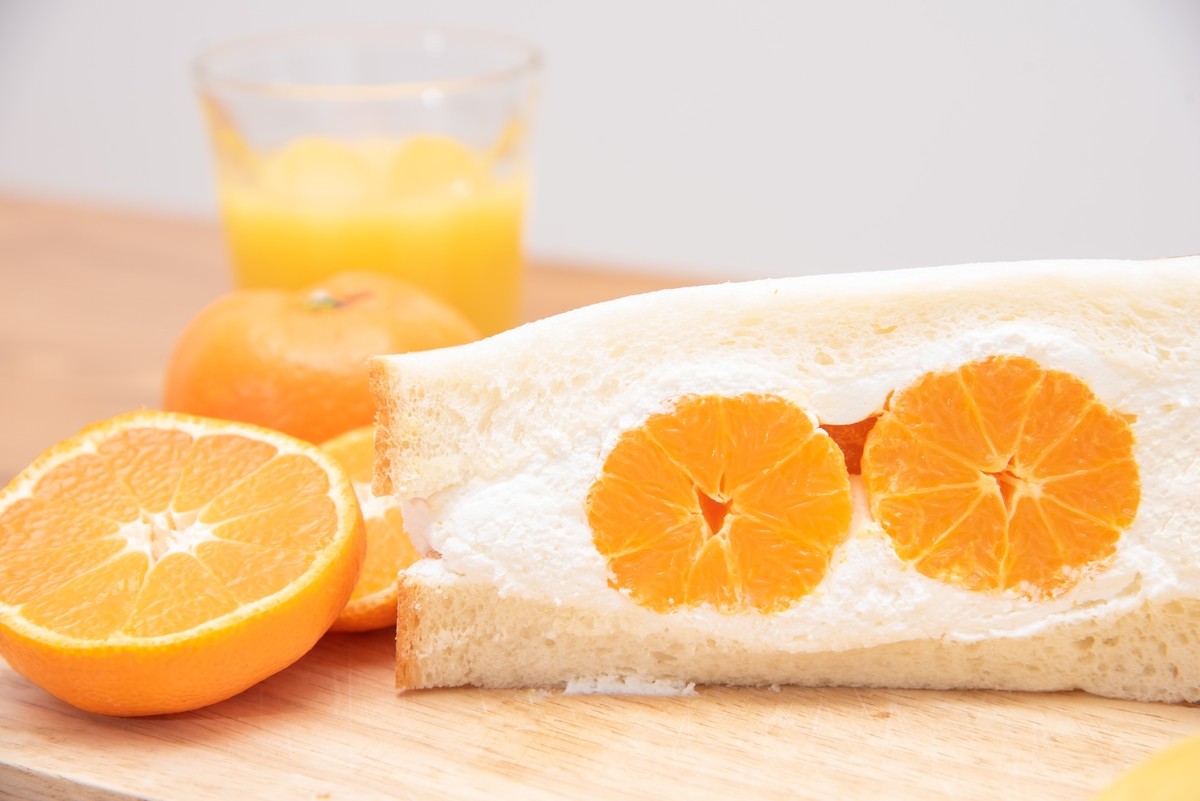
Halved mikan or other citrus fruits can be sandwiched with fresh cream between slices of bread to create a refreshing dessert. Depending on how you slice and arrange the fruit, you can achieve an aesthetically pleasing cross-section. For an Instagram-worthy "moedan" (beautiful cross-section) effect, try combining citrus with other fruits.
Mikan Daifuku
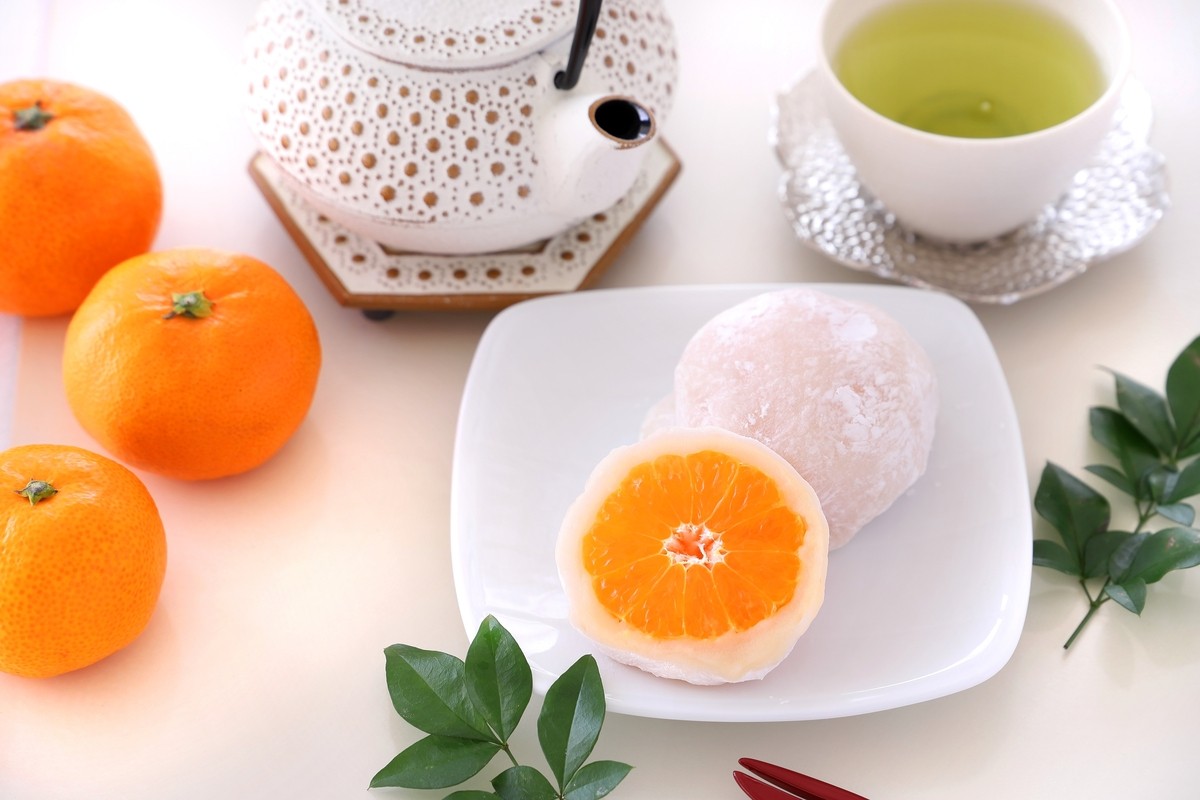
This traditional Japanese sweet features a whole mikan wrapped in white bean paste and chewy mochi. The balance of sweetness and tartness is exquisite. You can enjoy it as is or use a crisscrossed piece of string to cut it open and admire the beautiful inside before indulging. Japanese citrus fruits offer both health benefits and delicious flavors, making them a must-try for anyone looking to enjoy a nutritious and refreshing treat!
Mikan Jam (Marmalade)
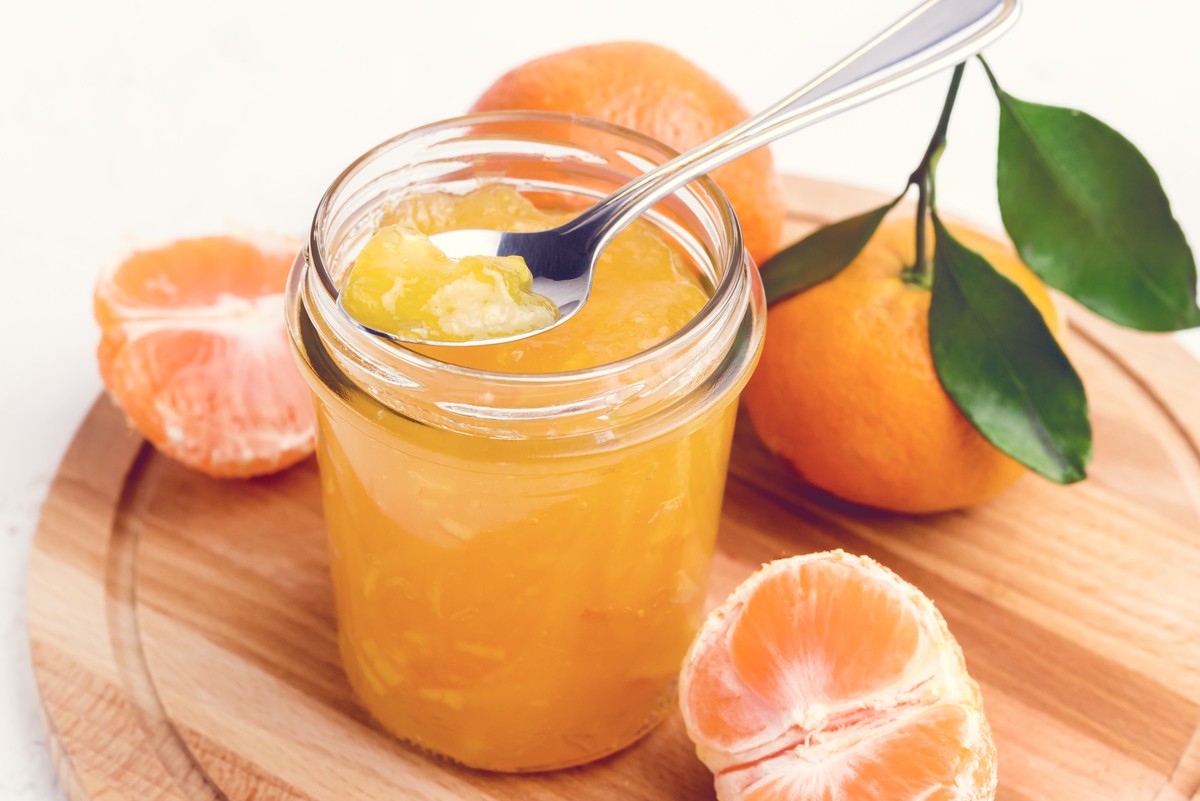
Cooking down mikan into jam allows for long-term storage and makes it a perfect spread for bread or yogurt. The bright, citrusy aroma of Japanese citrus also enhances baked goods, adding a refreshing touch to desserts.
Candied Citrus Peel
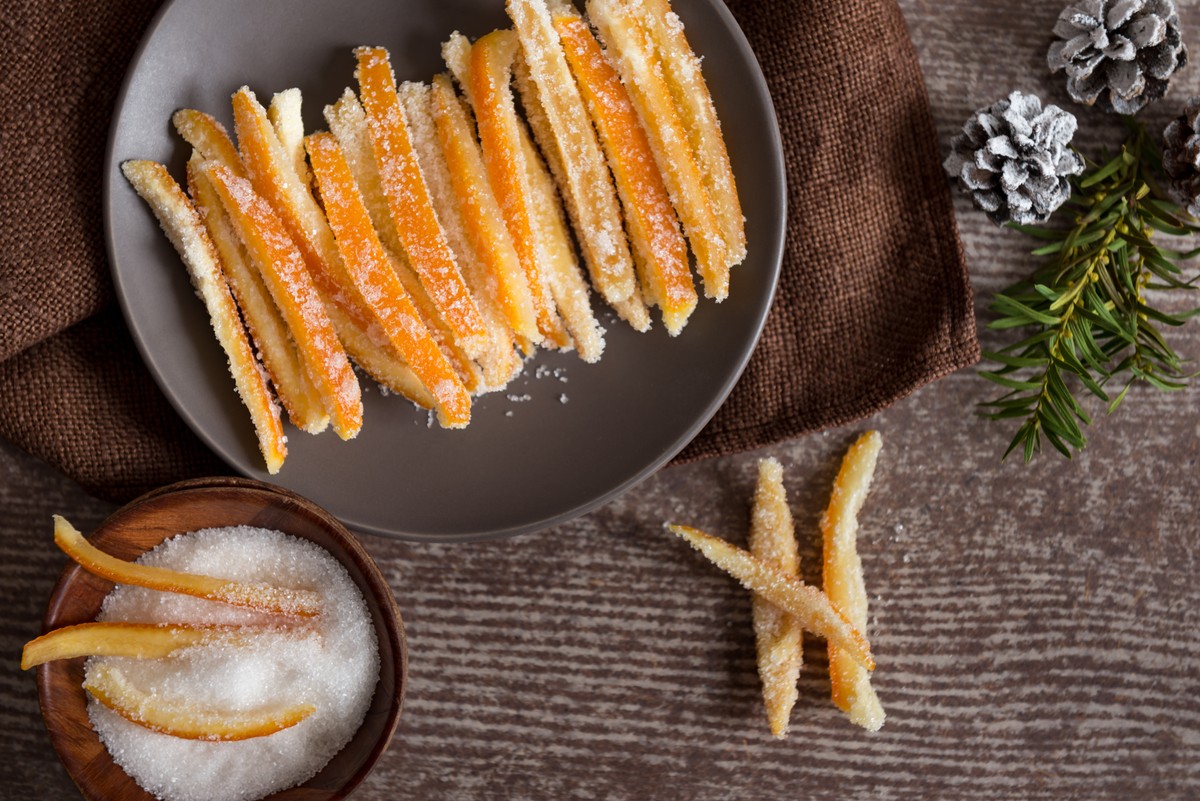
To make this sweet treat, thoroughly wash the citrus peel, remove the white pith, and cut the peel into thin strips before simmering it with sugar. While still warm, coat it with granulated sugar if desired. Candied citrus peel pairs wonderfully with tea or coffee, and for an extra indulgent twist, dip it in chocolate!
Experience Mikan Picking! Recommended Tours & Products
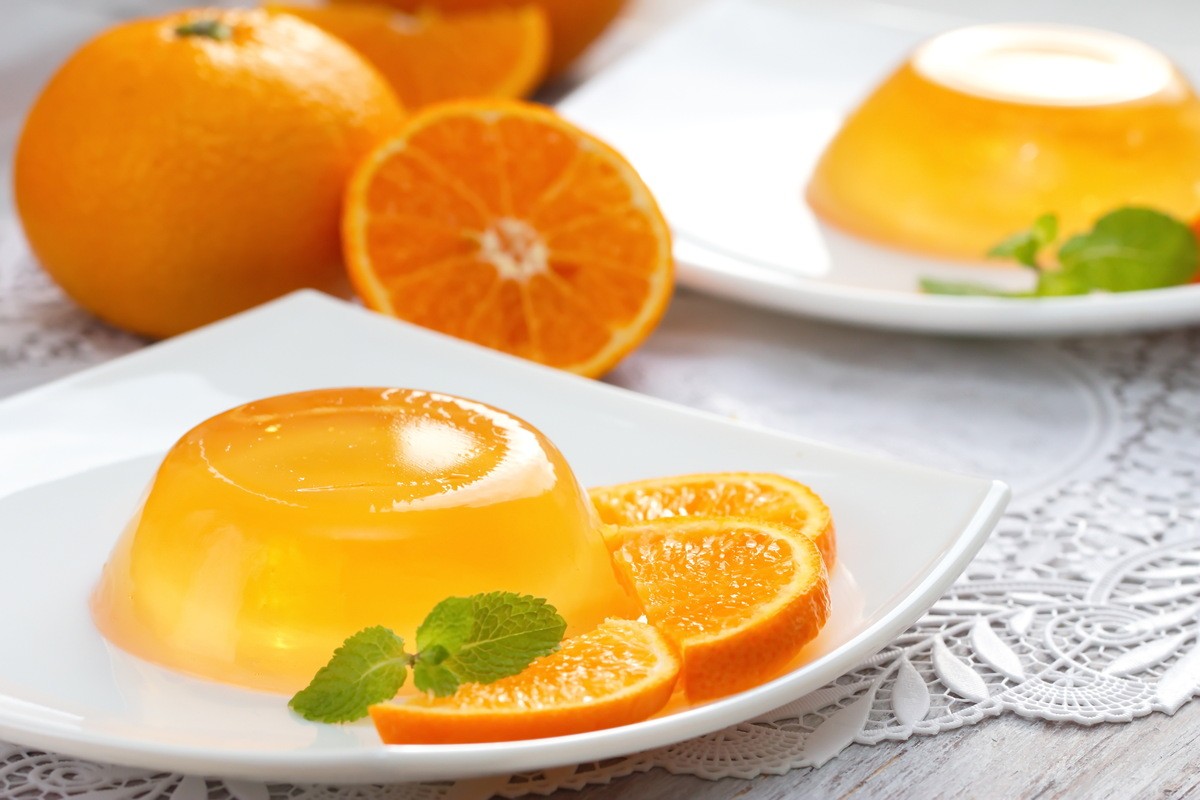
We've explored the wonders of Japanese citrus, but if you want to experience their charm firsthand, check out these mikan-picking tours and related products!
👉 【Klook】Mt. Koya Autumn Foliage & Mikan Picking Day Trip (from Osaka)
👉 【Yahoo! Shopping】Miyazaki-grown Hyuganatsu Juice (125ml x 24 packs)
👉 【Yahoo! Shopping】Okinawan Shikuwasa Nobiletin Supplements (90 capsules x 6 packs)
👉 【Yahoo! Shopping】Innoshima Hassaku Jelly (12-piece set)
👉 【Yahoo! Shopping】Wakayama Ito Farm Rustic Marmalade (5-piece set)
If you're eligible for Japan’s Furusato Nozei (hometown tax donation program), consider purchasing premium local citrus varieties directly from producers and supporting farmers.
👉 【FuruLabo】Miyazaki Ayacho Hyuganatsu (seedless, 2.5kg)
👉 【Furusato Honpo】Wakayama Yuasa Arita Kiyomi Oranges (12 pieces, 2L size)
👉 【Furusato Premium】Kumamoto Yatsushiro Shiranui Oranges (Pre-order, approx. 5kg, 12–20 pieces)
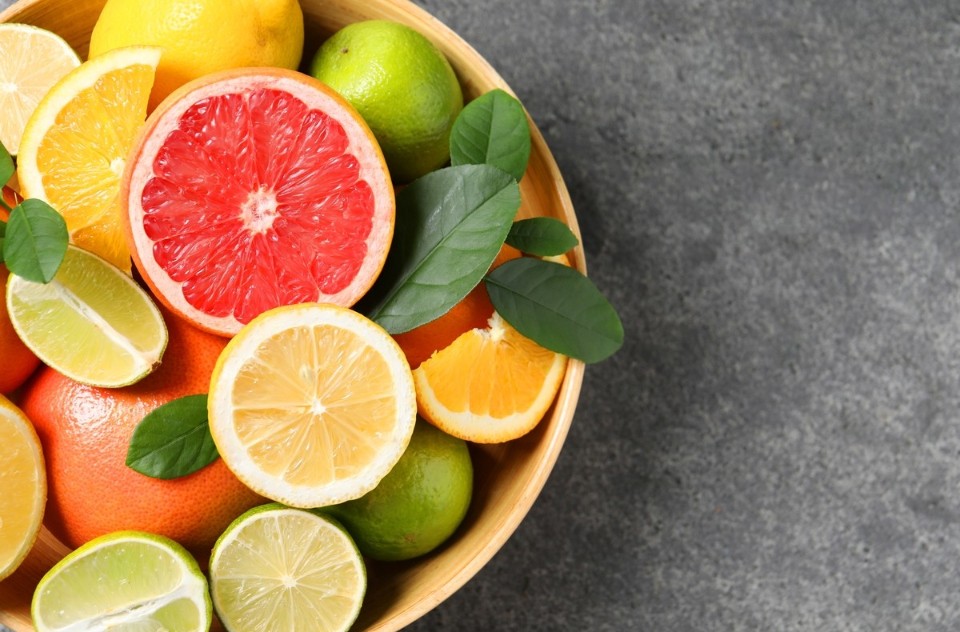
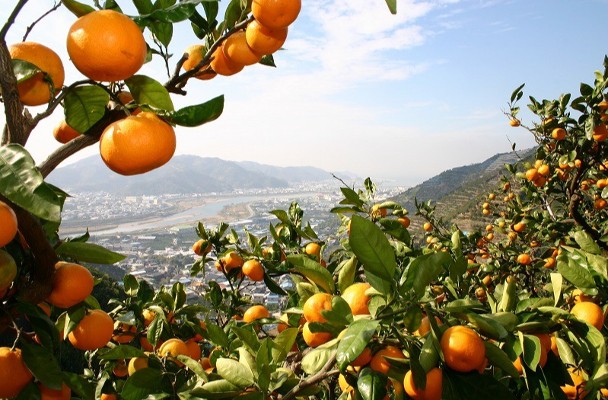
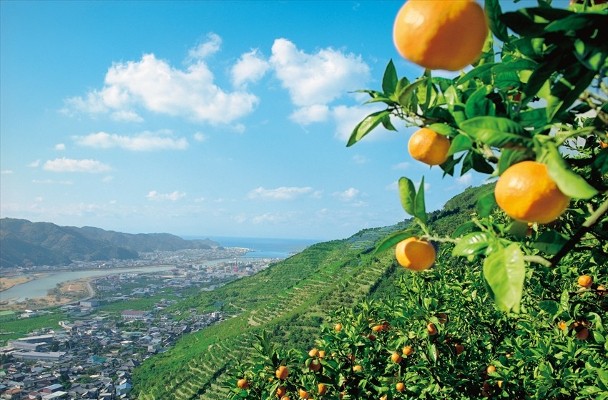
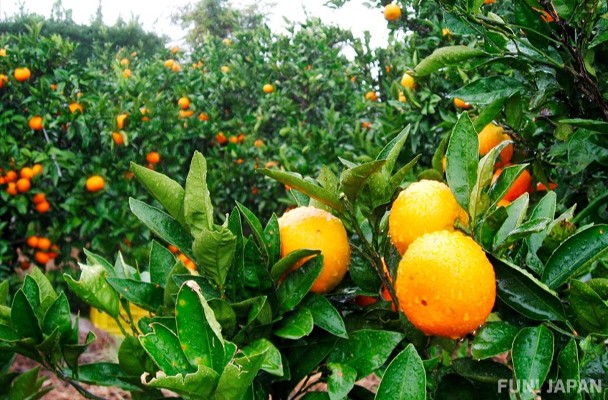
Comments